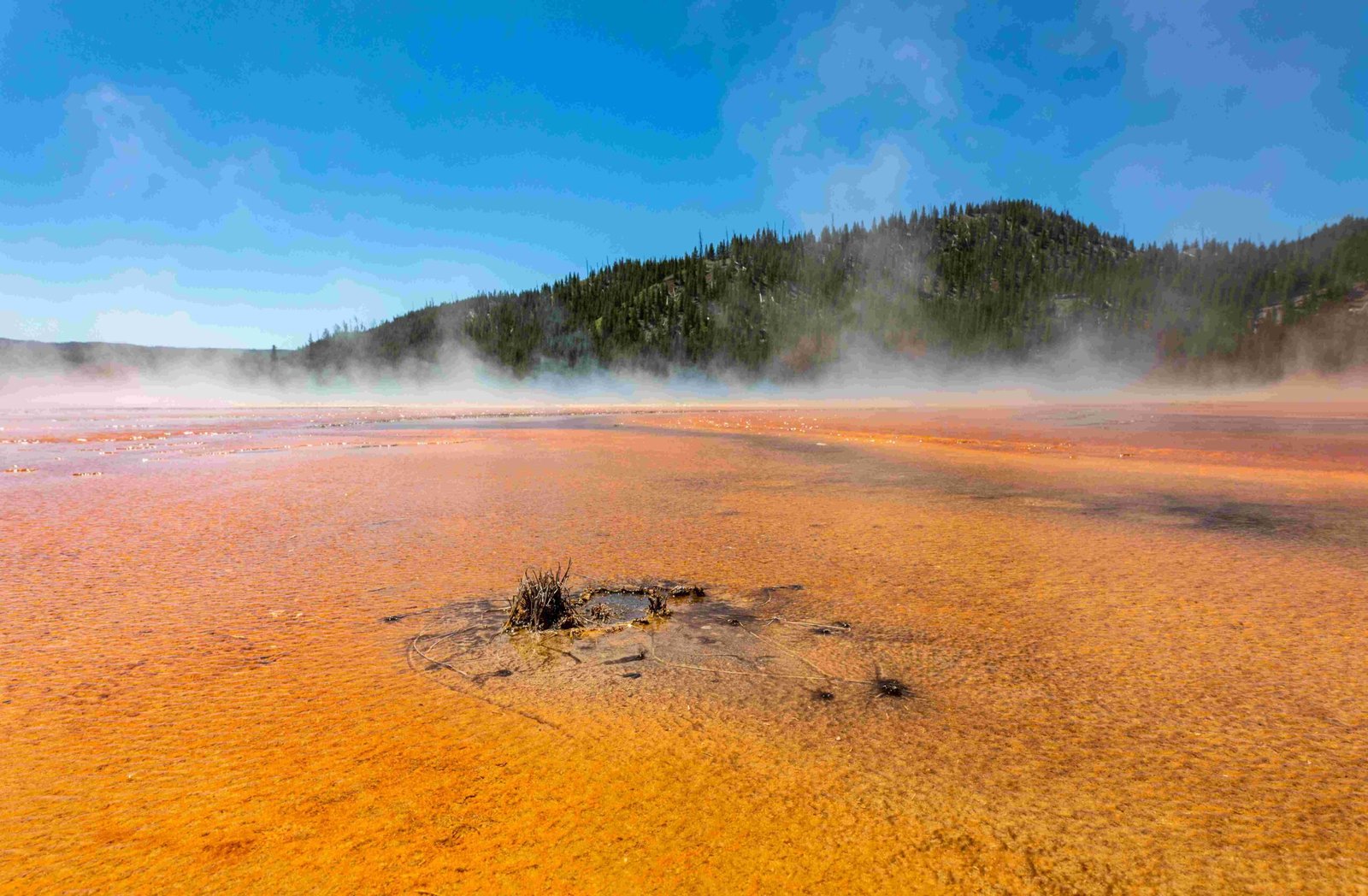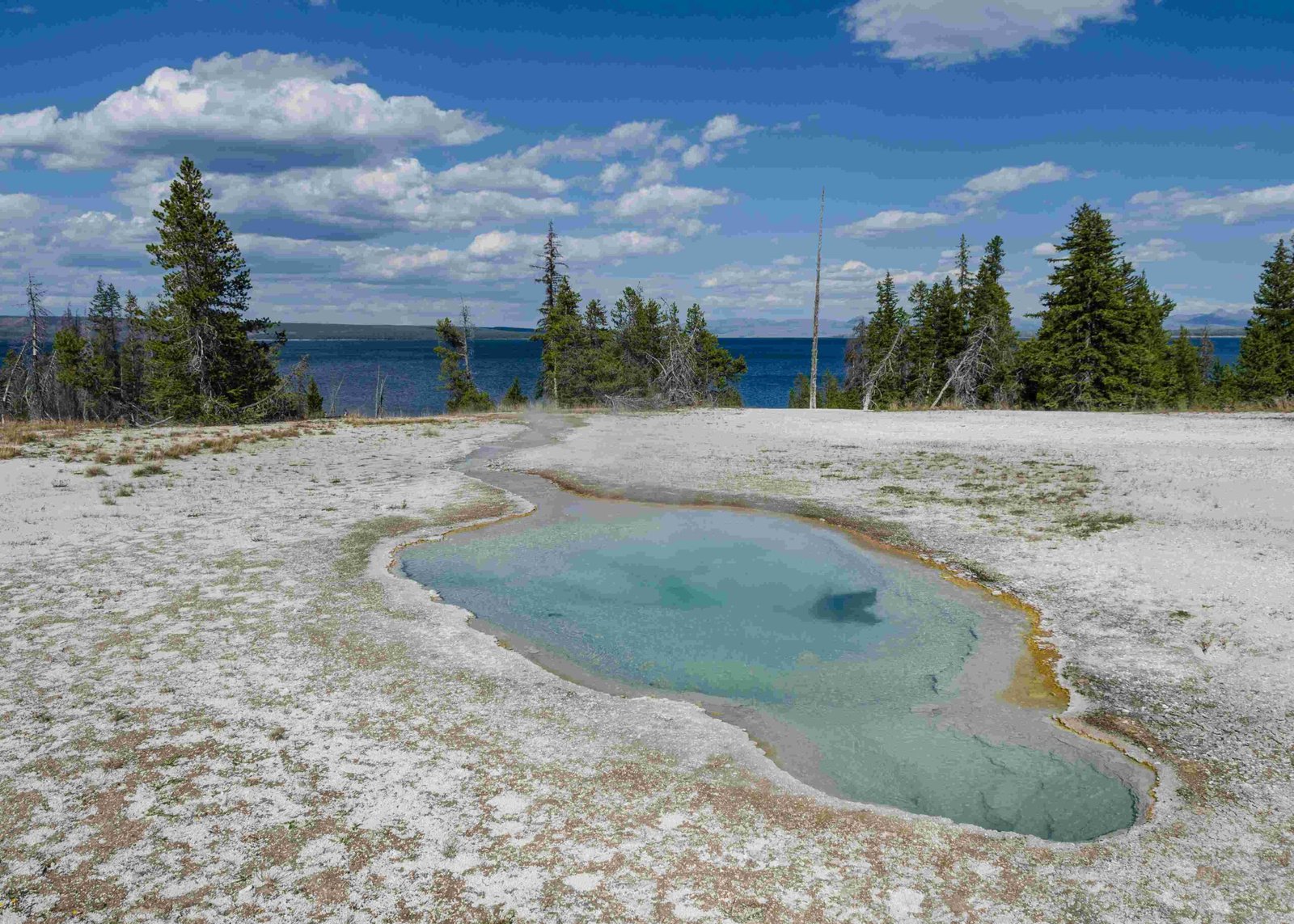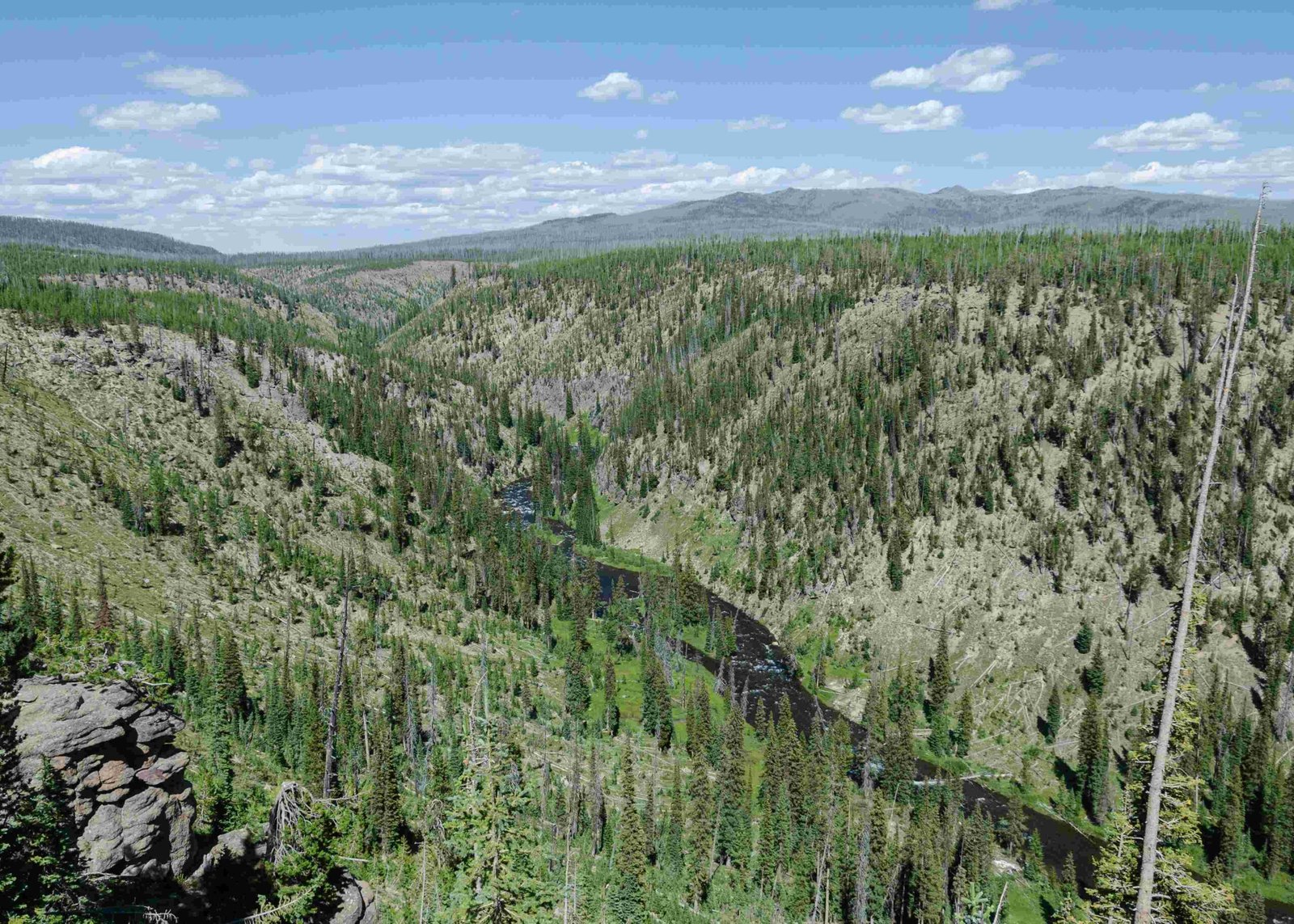The reintroduction of wolves to Yellowstone National Park in 1995 sparked a remarkable ecological transformation. This controversial decision has led to significant changes in the park’s ecosystem, affecting everything from elk populations to vegetation growth and river dynamics. The wolves’ presence triggered a trophic cascade, reshaping the landscape and biodiversity of Yellowstone. This article explores the evidence and impact of wolf reintroduction, examining how these apex predators have influenced the park’s ecology over the past few decades.
What Was the Initial State of Yellowstone Before Wolf Reintroduction?

Before the wolves’ return, Yellowstone’s ecosystem was out of balance:
- Elk population: Approximately 17,000 in 1995
- Overgrazing: Severe impact on vegetation, particularly along riverbanks
- Lack of predators: Absence of a key species in the food chain
This imbalance led to a cascade of ecological issues, setting the stage for a dramatic transformation.
How Did Wolf Reintroduction Affect Elk Population?

The reintroduction of wolves had a significant impact on Yellowstone’s elk population:
- Initial elk numbers: 17,000 in 1995
- Current elk population: Approximately 4,000
- Cause of reduction: Wolf predation and altered elk behavior
This substantial decrease in elk numbers played a crucial role in the ecosystem’s transformation.
What Changes Occurred in Vegetation After Wolf Reintroduction?
The reduction in elk population led to remarkable changes in Yellowstone’s vegetation:
- Willow growth: Increased significantly near streams
- Aspen trees: Recovered along riverbanks
- Growth rate: Trees grew up to five times their original size in just six years
These vegetation changes were a direct result of reduced browsing pressure from elk, as they began avoiding certain areas due to the presence of wolves.
How Did Wolves Trigger a Trophic Cascade in Yellowstone?
The wolves’ presence initiated a trophic cascade, affecting multiple levels of the ecosystem:
| Ecosystem Component | Impact of Wolf Reintroduction |
|---|---|
| Grizzly Bears | Increased population due to availability of elk carcasses |
| Songbirds | Population growth as larger trees provided better habitats |
| Beavers | Return of beaver dams, creating new habitats |
| Coyotes | Reduced population |
| Pronghorn Antelope | Benefited from reduced coyote numbers |
This cascade of effects demonstrates the far-reaching impact of wolf reintroduction on Yellowstone’s biodiversity.
What Changes Occurred in Yellowstone’s Rivers and Streams?
The reintroduction of wolves led to significant changes in Yellowstone’s waterways:
- Riverbank regeneration: Reduced elk browsing allowed for tree growth along banks
- Reduced erosion: Stronger riverbanks due to increased vegetation
- Beaver dam construction: Created new habitats for various species
- Improved water quality: Cleaner rivers and better drinking water for local communities
These changes highlight the interconnectedness of predators, prey, and the physical landscape.
How Has Wolf Reintroduction Impacted Tourism in Yellowstone?
Wolf reintroduction has had a positive impact on Yellowstone’s tourism:
- Increased visitor interest in wolf watching
- Development of guided tours focused on wolf ecology
- Enhanced wildlife viewing opportunities, particularly in the Lamar Valley
Best practices for wolf watching in Yellowstone:
– Optimal times: Early morning and late afternoon
– Recommended locations: Lamar Valley, Crystal Creek, Rose Creek, and Soda Butte Creek regions
– Accessibility: Many areas accessible by car with designated pull-outs and viewing areas
What Controversies Surround the Wolf Reintroduction Program?
Despite its ecological benefits, the wolf reintroduction program has faced controversies:
- Livestock predation: Concerns from ranchers about wolf attacks on cattle and sheep
- Hunting interests: Debates over the impact on game animal populations
- Human-wildlife conflict: Increased potential for encounters between wolves and humans
- Economic impacts: Both positive (increased tourism) and negative (livestock losses) effects on local economies
These ongoing debates highlight the complex relationship between ecological management and human interests.
What Lessons Can Be Learned from Yellowstone’s Wolf Reintroduction?
The Yellowstone wolf reintroduction offers valuable insights for conservation efforts:
- Importance of apex predators in maintaining ecological balance
- Potential for species reintroduction to restore degraded ecosystems
- Need for long-term monitoring and adaptive management in conservation projects
- Complexity of balancing ecological goals with human interests and activities
These lessons can inform future conservation efforts and ecosystem management strategies worldwide.
In conclusion, the reintroduction of wolves to Yellowstone National Park has indeed changed the landscape, triggering a cascade of ecological effects that have reshaped the park’s ecosystem. From altering elk populations and vegetation growth to influencing river dynamics and biodiversity, the wolves have played a crucial role in restoring balance to Yellowstone’s ecology. While controversies remain, the Yellowstone wolf project stands as a testament to the profound impact that a single species can have on an entire ecosystem.
References:
1. Yellowstone Park: 1995 Reintroduction of Wolves in Yellowstone
2. National Geographic Education: Wolves of Yellowstone
3. Greater Yellowstone Coalition: A Timeline of the Yellowstone Wolf Reintroduction

